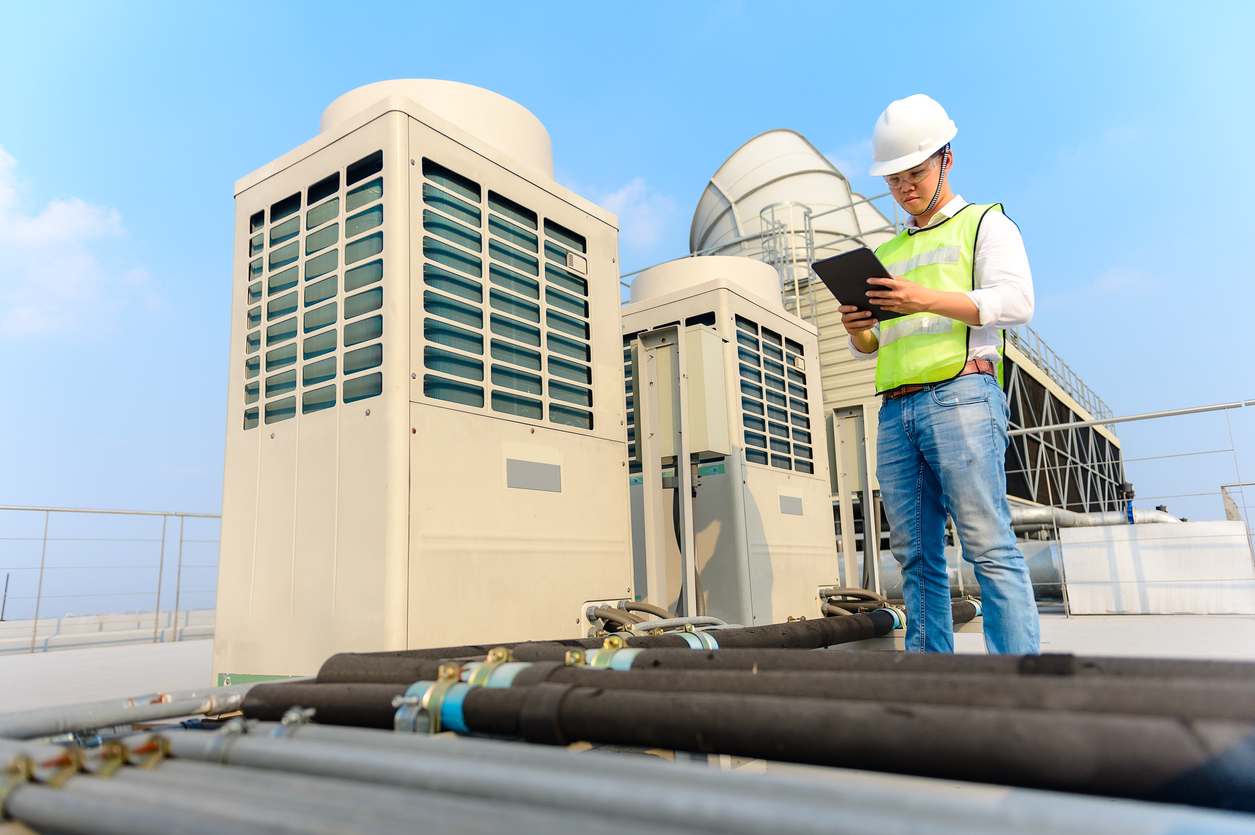Cooling towers are critical assets in industrial operations, power generation, and HVAC systems. But like any mechanical system, they don’t last forever. Over time, wear and tear, corrosion, scaling, and biological fouling can degrade performance and lead to operational challenges.
The big question most facility managers face is:
Should you repair the cooling tower Refurbishment or invest in a complete replacement?
This blog explores how to evaluate your system’s condition and make an informed decision between refurbishment and replacement.
🚧 What Is Cooling Tower Refurbishment?
Refurbishment involves repairing, upgrading, or modernizing an existing cooling tower to restore or enhance its performance. It may include:
- Replacing damaged fill media, fans, or drift eliminators
- Structural repairs to basins, casing, or supports
- Motor and gearbox servicing or replacement
- Upgrading nozzles and distribution systems
- Installing new control systems
The goal is to extend the life of the existing unit without the high cost and downtime of a full system replacement.
🔍 Signs Your Cooling Tower Needs Attention
Before deciding between refurbishment or replacement, watch for these warning signs:
- Decreased cooling performance
- Excessive energy consumption
- Visible corrosion or rust
- Frequent breakdowns or motor failures
- Water leaks or structural damage
- Unusual vibration or noise
- Microbiological growth or fouling
🛠️ When to Choose Cooling Tower Repair or Refurbishment
Refurbishment is often the preferred option when:
✅ The Structural Frame Is Intact
If the cooling tower’s frame and foundation are solid, you can replace interior components to restore efficiency.
✅ The Damage Is Localized
Repairing or replacing specific parts like fans, fill packs, or louvers can return the tower to near-original performance.
✅ Budget Constraints Exist
Refurbishment is typically 30–60% less expensive than installing a new unit.
✅ Downtime Must Be Minimized
Refurbishment can often be done section by section, minimizing operational disruptions.
✅ You Want to Extend Tower Life
A well-executed refurbishment can extend a tower’s life by 5 to 15 years, especially when done with modern, corrosion-resistant materials.
🔁 When It’s Better to Replace the Cooling Tower
There are times when refurbishment simply won’t cut it. Replacement is the better option when:
❌ The Structure Is Severely Corroded
Severe metal loss, basin rot, or structural failure can make refurbishment uneconomical or unsafe.
❌ Efficiency Can’t Be Improved
Older towers may not meet modern energy or environmental standards. Replacement allows you to upgrade to a more efficient, greener design.
❌ Frequent Breakdowns Persist
If you’re repeatedly repairing the same components or facing unexpected outages, replacement can reduce long-term operational costs.
❌ You’re Increasing Capacity
If your cooling load has grown beyond the tower’s design specs, a new system built for higher performance is a smart investment.
❌ Refurbishment Costs Approach New Installation
When refurbishment costs exceed 60–70% of the price of a new unit, replacement usually provides better value over time.
⚖️ Repair vs. Replace: Cost Comparison Example
| Factor | Refurbishment | Replacement |
|---|---|---|
| Upfront Cost | Lower | Higher |
| Downtime | Shorter (phased work) | Longer |
| Lifespan Extension | 5–15 years | 20+ years |
| Energy Efficiency | Moderate improvement | High improvement (modern tech) |
| Compliance | Might need upgrades | Complies with current standards |
| Environmental Impact | Lower (reuse existing frame) | May be higher (new materials) |
🧠 How to Make the Right Decision
To decide between cooling tower repair and replacement, consider:
- Age of the unit
- Maintenance history
- Current performance vs. expected demand
- Cost-benefit analysis (including energy and downtime)
- Regulatory compliance (ASHRAE, CTI, LEED, etc.)
You should also consult with a professional cooling tower service provider who can assess your unit’s condition, run performance tests, and offer expert recommendations.
